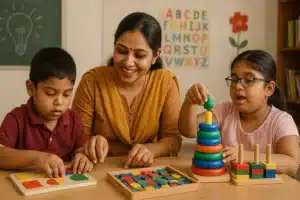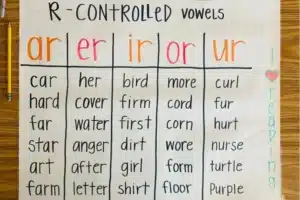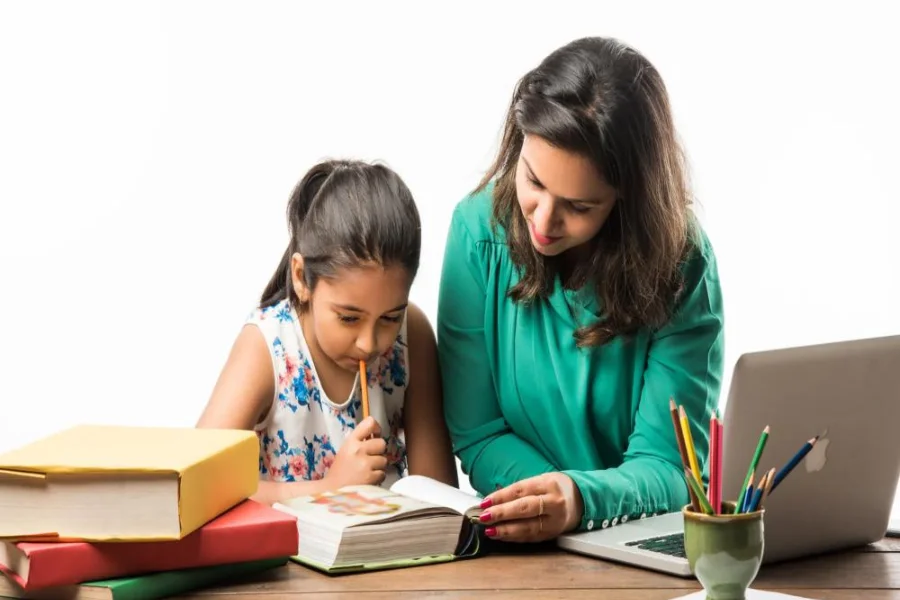
Source: browngirlmagazine
Children are unique individuals with different talents, strengths and enjoy their learning process through different learning styles. However, Learning Disabilities Meaning occur as the brain areas in charge of processing signals dedicated to learning skills are poorly developed, which interferes with how the child deciphers information.
Learning Disorder is a condition that hampers the child’s learning skills, affecting their competencies of language, mathematics and fine motor skills. Learning Disabilities influence the child’s academic progress, creating huge academic gaps that lead to poor self-confidence and dejection in students.
Understanding Learning disabilities starts with undergoing thorough training in knowing about various learning disabilities, their important aspects and using strategies that make a powerful impact on the overall holistic growth of the child.
Myth Vs. Reality about Learning Disabilities
More than knowledge about Learning disabilities, there are a majority of false myths and wrong beliefs around it, leading to confusion, misunderstandings, and sometimes restricting the child’s participation in classroom activities. Eradicating these myths can help us understand the challenges of children with learning disabilities.
Here are some common myths and the realities behind them:
Myth vs. Reality about Learning Disabilities
Myth: Learning disabilities are rooted deeply in low intelligence
Reality: Intelligence has no connection with Learning Disabilities. Learning disabilities are a result of neurological malfunction, and people with average intelligence can also possess learning disabilities.
Myth: Children with learning disabilities just act lazily and do not work hard to achieve their goals
Reality: Children with any form of learning disabilities work much harder to be on track with their classmates. Their difficulties are directly related to their brain’s processing capabilities and not laziness.
Myth: Learning disabilities fade away with time.
Reality: Learning disorder is a lifelong prevalent condition that doesn’t disappear with time, but with the help of appropriate strategies, the influences can be minimized, helping people manage their challenges effectively.
Myth: Learning Disorders are an effect of Bad parenting.
Reality: Parenting has nothing to do with Learning disorders. Learning disabilities are a result of neurological dysfunction.
Myth: Learning Disabilities pose the same challenges for all children with Learning disorders.
Reality: No two children with the same learning disability will have the same set of struggles. The same learning disability will affect two different children in different developmental domains.
Myth: Special Education is the only way to handle learning disabilities.
Reality: Although Special Education is the most effective and time-tested mode of helping children manage their challenges, other methods, such as customised teaching techniques, tailored instruction, can also be extremely helpful for attaining learning goals.
Being clear about these myths helps parents, educators and caregivers to generate better awareness about these learning disabilities, helping children thrive academically and socially.
For more details on the LD Course, Call/WhatsApp at +919321024137 / +919869866277
To download the brochure of the LD Course, Click Here!
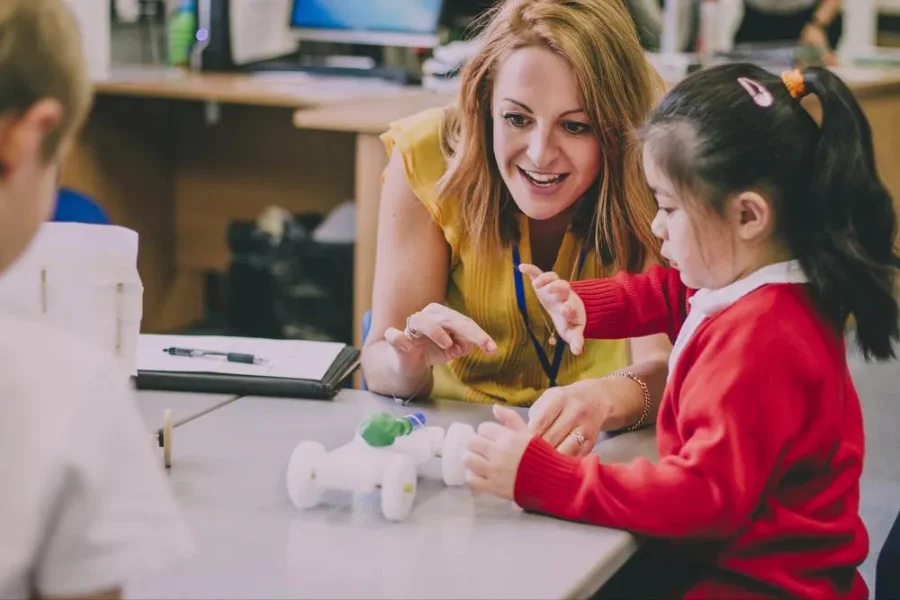
Source: ccu.edu
Classification Criteria
To recognize learning disabilities exactly, specific classification methods are used by specialists. These criteria help in defining whether a kid’s educational struggles are due to a learning disability or another factor. The concentration is on steady patterns of difficulty in key skill areas, even with appropriate instruction and opportunity.
Key Classification Criteria:
- Discrepancy between Ability and Performance
- Specific Area of Difficulty
- Exclusion of Other Causes
- Consistent and Long-Term Struggles
- Impact on Academic Performance
- Response to Intervention (RTI)
With the help of the above categorization, it becomes clear which children need genuine and immediate support for handling their learning challenges.
Prevalence of Learning Disabilities
Rising diagnoses have brought into the limelight the prevalence of Learning Disabilities across the globe, affecting children and adults. Gaining insights into how widespread these difficulties have become helps to generate awareness to provide better support for children.
Key Points on Prevalence:
Global Occurrence
Research has shown that a high percentage as high as 4 to 12 % may experience some form of Learning disorder.
Common Types
The most prevalent Learning disorder has been predicted as Dyslexia (reading disorder), then Dyscalculia, a mathematical disorder, followed by dysgraphia, a writing disability.
Boys vs. Girls
Findings show that Learning disabilities are more prevalent in boys than girls.
School Impact
A large portion of students receiving special education services in schools are classified under learning disabilities. In many countries, they make up the largest group within special education categories.
Lifelong Presence
Learning disabilities do not end with age. Many adults continue to face difficulties that began in childhood, affecting their career and daily life unless properly supported.
Lack of diagnostic facilities in Rural and Low-Income Areas
Children with LDs from low-income groups may not get the desired aid that can help them handle their academic challenges, and often these signs go undetected or are passed off as laziness or naughty behaviour.
Knowing the rising prevalence of learning disabilities helps to kickstart the process of diagnosis sooner, which helps to provide the child with immediate support and initiate effective, inclusive educational practices that help every student succeed.
For more details on the LD Course, Call/WhatsApp at +919321024137 / +919869866277
To download the brochure of the LD Course, Click Here!
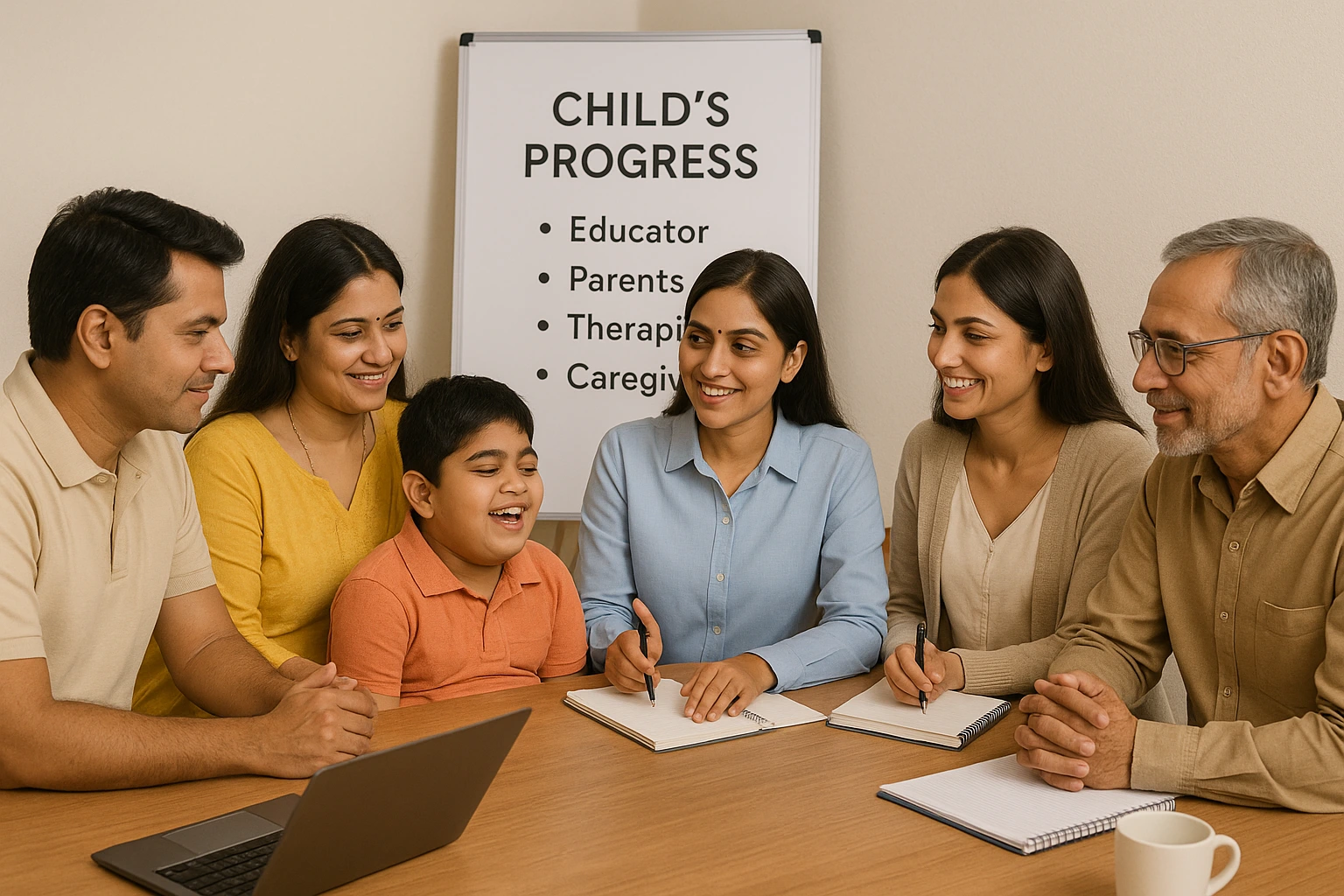
Warning Signs of a Learning Disability
Recognizing learning disabilities initially can help a child get the right support. Some gestures are clearly evident when the child starts preschool, but some signs become clear during primary school.
Watch for these warning signs:
- Struggles in learning letters, numbers or rhymes
- Despite repeated instructions, they still find it difficult to remember details.
- Poor pencil grip and holding the pencil the wrong way.
- Face difficulty while reading, writing or basic math
- Avoidance of schoolwork or frustration during tasks
- Trouble staying focused or prepared
These signals do not confirm a learning disability but show the need for further evaluation by a specialist. Initial help can improve learning results.
For more details on the LD Course, Call/WhatsApp at +919321024137 / +919869866277
To download the brochure of the LD Course, Click Here!
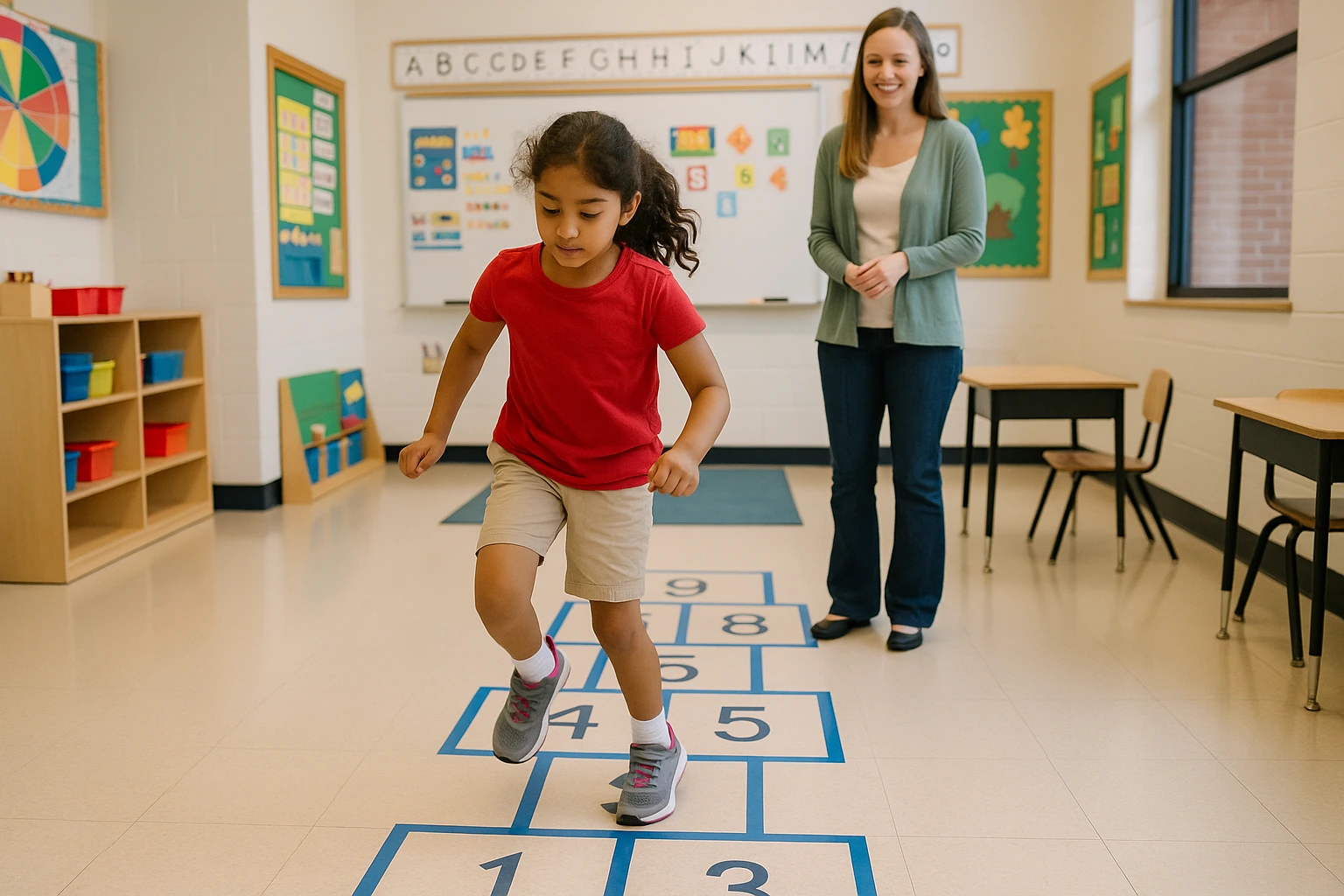
Courses to Learn: Support Learning Disability
Helping kids with learning disabilities requires the right skills and understanding. Educators, parents and professionals can benefit from expert training that prepares them to identify difficulties initially and apply effective approaches. One such option is the Learning Disability Course offered by Vidhyanidhi Education Society (Govt. Regd.).
The Learning Disability Course is an efficacious program that trains candidates in effective strategies and techniques that help to make learning a stress-free journey for children with learning disorders. It provides a detailed and systematic foundation in various learning difficulties, strategies to handle these challenges and classroom management methods nurturing the educational and emotional well-being of children.
Important attributes of an Ideal Learning Disability Course:
- Thorough and detailed understanding of different learning disorders such as dyslexia, dysgraphia, and dyscalculia
- Training in techniques and effective methods that help in efficient classroom control, comprising tailored teaching instructions and modifications of methods
- Assessment tools to help identify specific learning needs
- Behavioural strategies to manage frustration and low self-esteem
- Use of educational aids and assistive technology for improved learning outcomes
Vidhyanidhi Education Society’s (Govt. Regd.) Learning Disability Course also includes real-life case studies and expert guidance, making it a practical choice for professionals looking to improve their ability to support students.
Educators and caregivers provide themselves with the tools to develop inclusive and useful educational learning environments by participating in the Learning Disability Course developed by Vidhyanidhi Education Society. This training equips them to tackle each child’s unique learning needs in an effective, calm, and assured manner while helping every child show meaningful progress in their learning.
Achieve expertise with Vidhyanidhi Education Society’s (Govt. Regd.) LD course: Enrol today!
For more details on the LD Course, Call/WhatsApp at +919321024137 / +919869866277
To download the brochure of the LD Course, Click Here!
FAQs
At what Age do Learning Disabilities Show?
The signs of Learning disabilities start appearing when the child starts preschool and faces difficulties in developing reading, writing and math skills despite normal intelligence.
Is Learning Disability Curable?
Learning disabilities are neurological conditions that do not have a set medical treatment. The effects of learning disabilities are not curable but treatable by providing early interventional support.
How will I know if my Child has a Learning Disability?
When the child, despite sufficient and repeated instructions, faces difficulty in reading fluently, or is struggling to write or even understanding simple math concepts can be a warning sign of a Learning Disability.


